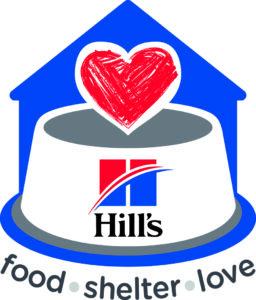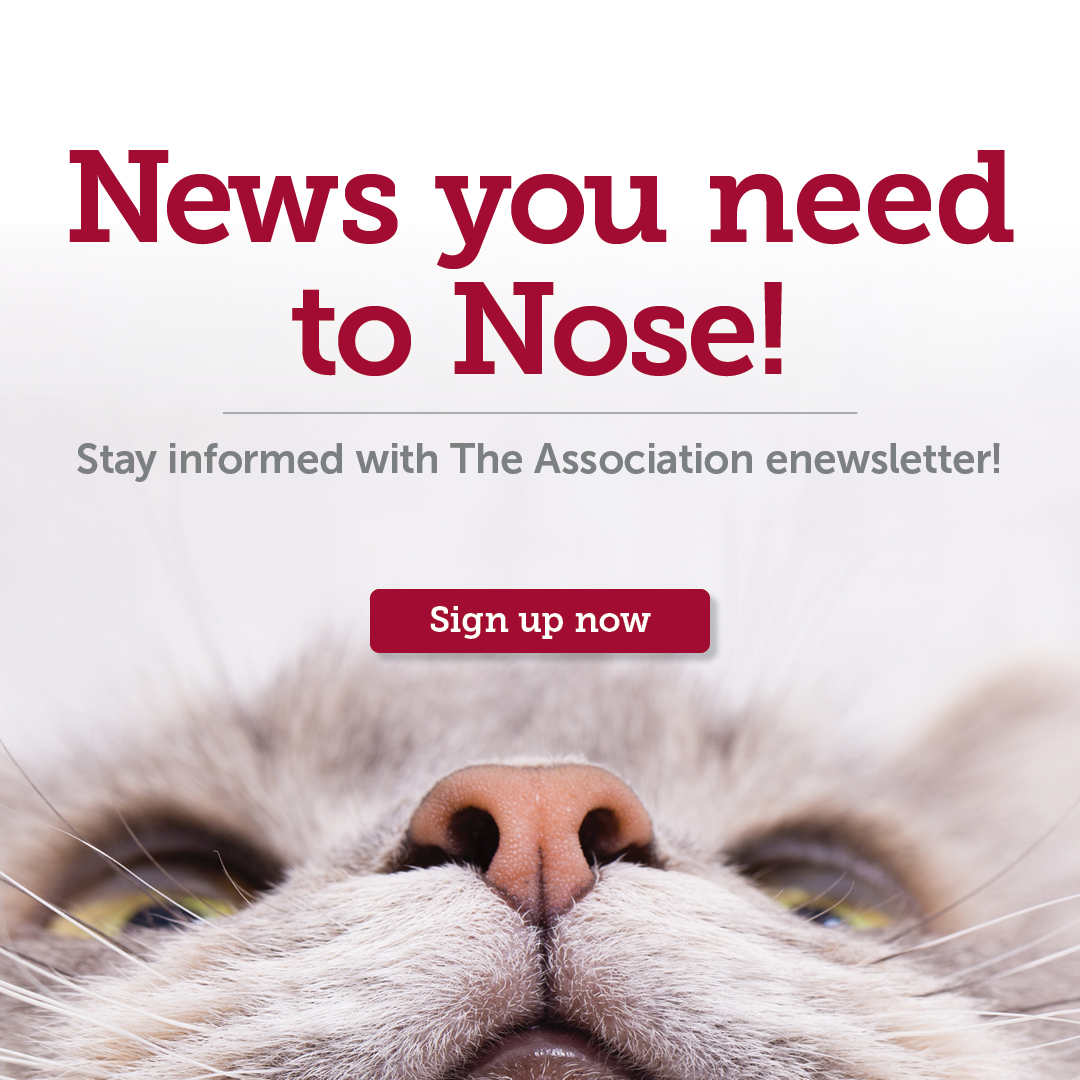News, ideas & inspiration from industry leaders
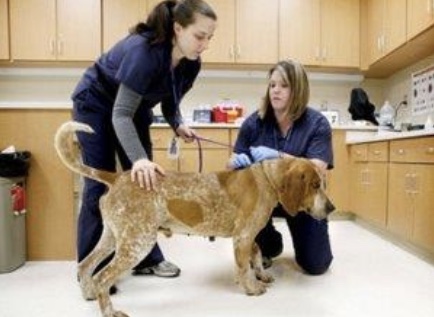
4 Ways to Enhance Communications Between Medical & Behavior Teams

Collaborating works—and it starts with communication. You can see this in action at the 7 centers run by County of Los Angeles Department of Animal Care & Control. That’s where Senior Veterinarian, Dr. Maria Solacito, and Allie Waszmer, CTC, CDBC, Behavior Division Manager, have created—and continue to refine — a cohesive program and inclusive decision-making processes involving Medical, Behavior, and Operations teams. They recently shared challenges and successes of their program at the Spring Conference for Animal Welfare; here are some top tips from their session, “Treating the Whole Animal: A Medical and Behavior Collaboration.”
Standardize Your Medical & Behavioral Communications Tools
When the collaboration was first started, shared Dr. Solacito, it was important to “develop stardardized ways of documenting what is being seen” at intake—and during a pet’s stay. The Medical Handling Behavior Coding chart shown here, developed with Waszmer for use by the medical team at intake, is a good example of an observation-based assessment.
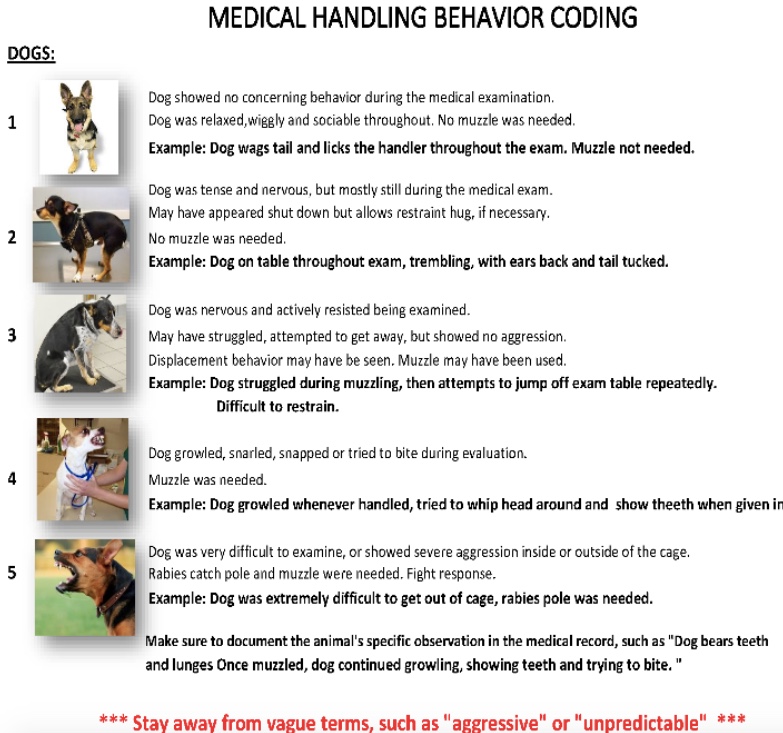
She also created a similar form that helps assess behavior—dogs, for example, are scored on a scale of 1-5—using objective languaging.
The information recorded in these forms is one important component used by both the behavioral and medical teams to create a diagnosis for the pet.
Now, Use Your Communications Tools
“Remember,” says Dr. Solacito, “if it’s not written down, it didn’t happen.” Here’s an example of the Medical Record used by the department. “Not only is it good communication tool, it serves as a protection from liability.”
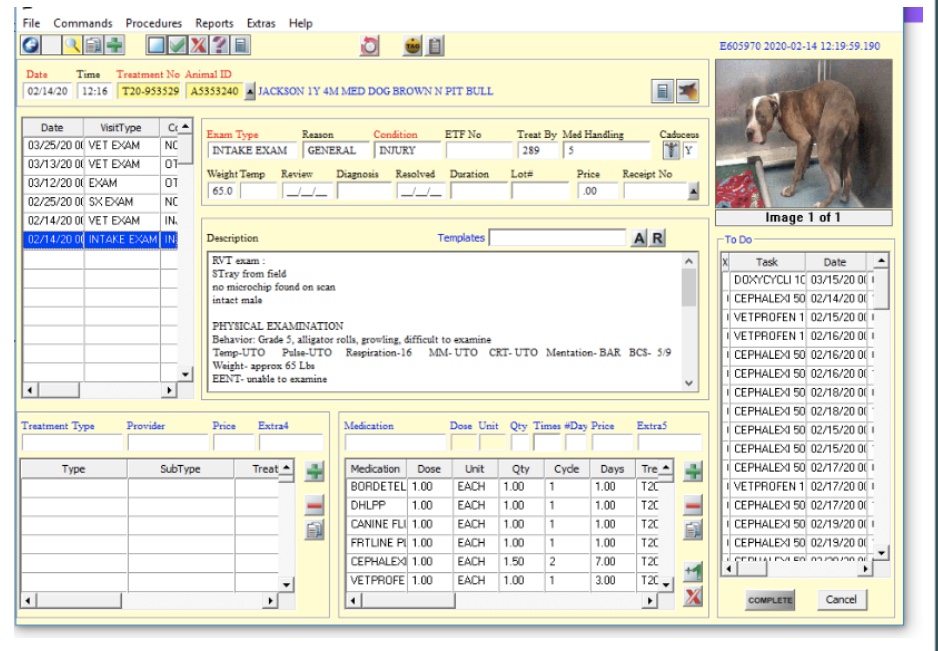
The department also relies on additional communications forms to record observations from all individuals who interact with the pet–volunteers, ops, medical, behavior, even the public.
Continue to Standardize These Tools
Even with the great success that the teams have seen, they continue to refine their processes—right down to standardizing notation. Staff were utilizing the forms, but some would use plus signs in a field, some check marks, while others would use numerals. “It’s important to have a consistent method,” says Dr. Solacito. “It’s a work in progress.”
Stop Writing and Start Talking
Dr. Solacito cannot stress enough the importance of documentation—and even more crucial, the importance of discussion. “Writing is good!” she says. “It can show thought processes for a decision, but it is not enough. We always make sure, when making decisions, we discuss them sitting down, face to face.”
Check back during the week of July 6 for info on how to access this recording and the rest of the Spring Conference package.

